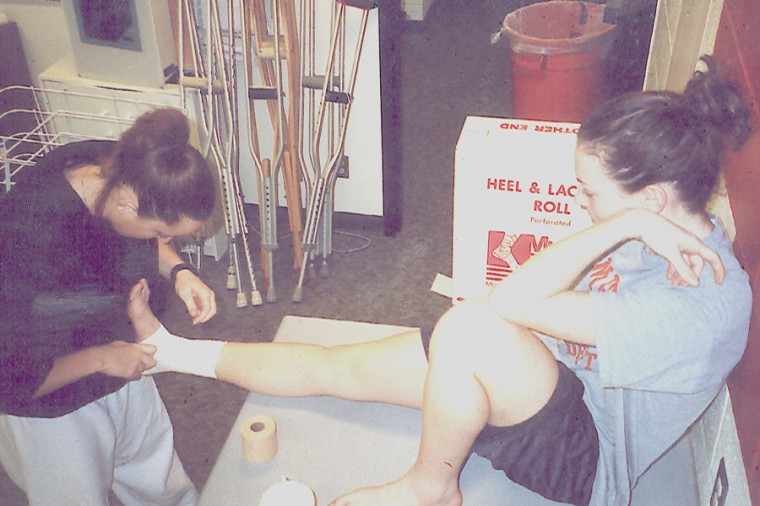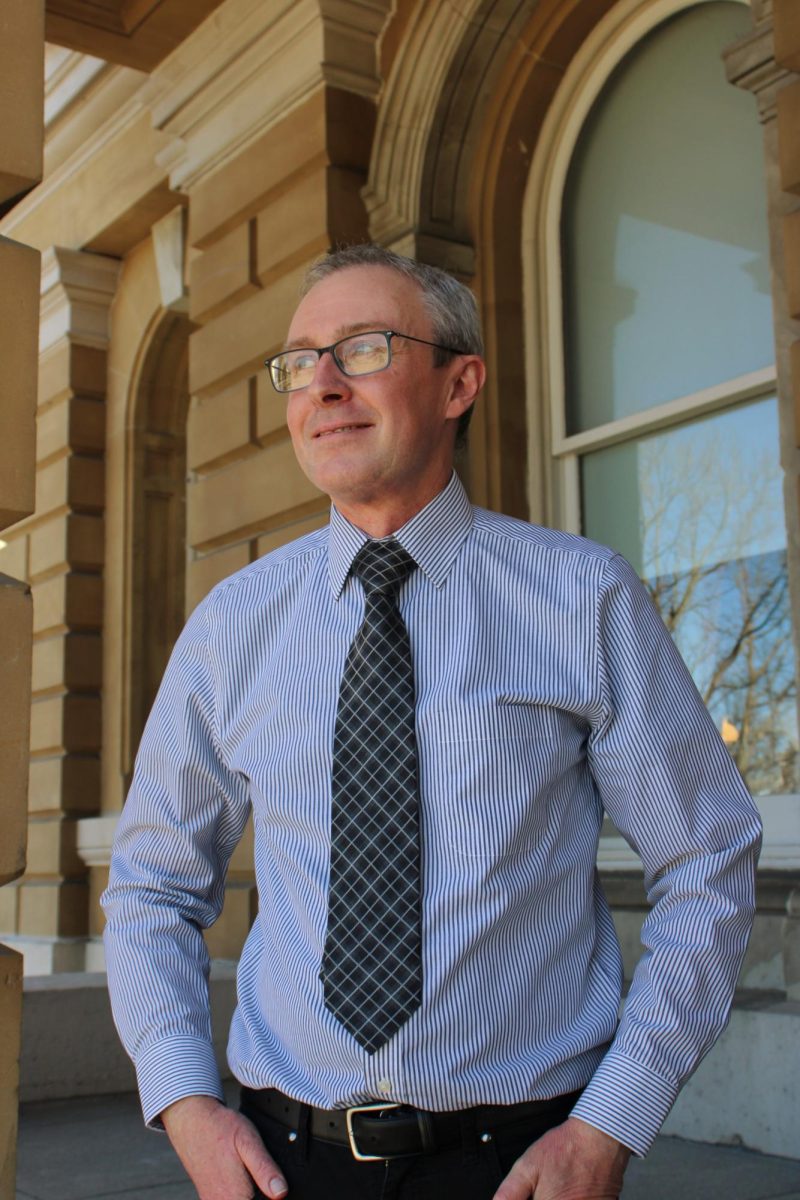Athletic trainers hope for the best
March 27, 2003
Simpson College’s Athletic Training Education program is currently working on converting its internship program for athletic trainers to a program based on a curriculum with regular coursework.
The program has recently been reviewed by site-visitors sent by the Commission on Accreditation of Allied Health Education Programs. These visitors are made up of program directors from colleges and universities that are already accredited.
According to Mike Hadden, athletic training program director, the site-visitors come in and evaluate the program and also look at the curriculum to see if it meets the standards and guidelines of a successful program.
Also, the visitors get a chance to interact and talk to students who are already enrolled in the program. “Basically, they talked to us about the coursework we are taking and the program itself. Then they are going to write-up [sic] a report and send it to the [CAAHEP] committee,” said senior Tarra Rawdon.
According to Hadden, “There is an obvious need for this program; because, without it, our students can’t go on to take the national exam.”
There are two ways in which a student can obtain national certification on the program.
Students have to come from a program that is accredited by the CAAHEP
Students must have had an internship program, which is based on a clinical experience, such as in a training room.
To become certified, the candidates are also required to complete a successful written, oral and practical examination. “The examination evaluates the student’s knowledge of the components within the athletic training domains,” said Hadden. “The test also applies athletic training related situations to real-life decision making.”
These athletic training domains consist of the following:
* Prevention of athletic injuries
* Recognition, evaluation and care of injuries
* Rehabilitation/ reconditioning of injuries
* Health care administration and counseling
* Professional development and responsibility
According to Hadden, the program is a growing one at Simpson College. In 1997, there were about 10 students enrolled in the program and now it has about 30 students.
Most students come into the program because of their love for sports and some because of an interest in sports and medicine.
“I got into the program right from my freshman year because I really like sports and I am interested in working with professional teams. Now that it [the program] is more academic- based, it is going to help me prepare for national certification,” said Rawdon.
Getting the program to be where it’s at right now has taken a lot of work and effort between the athletic department and the admissions of office. “The admissions staff has been really helpful in this process,” said Hadden.
In trying to attract student interest in the program and recruit more students, Hadden said that he works closely with the admissions staff. “I’m involved with the junior visit day and I am also involved in Summer Orientation,” said Hadden.
So far, the training program has been found to be satisfactory by Simpson athletes.
In a survey conducted by the athletic department, student athletes gave the program an overall rating of 4.2 on a 5.0 scale, with five being the most frequent number appearing on the surveys.













